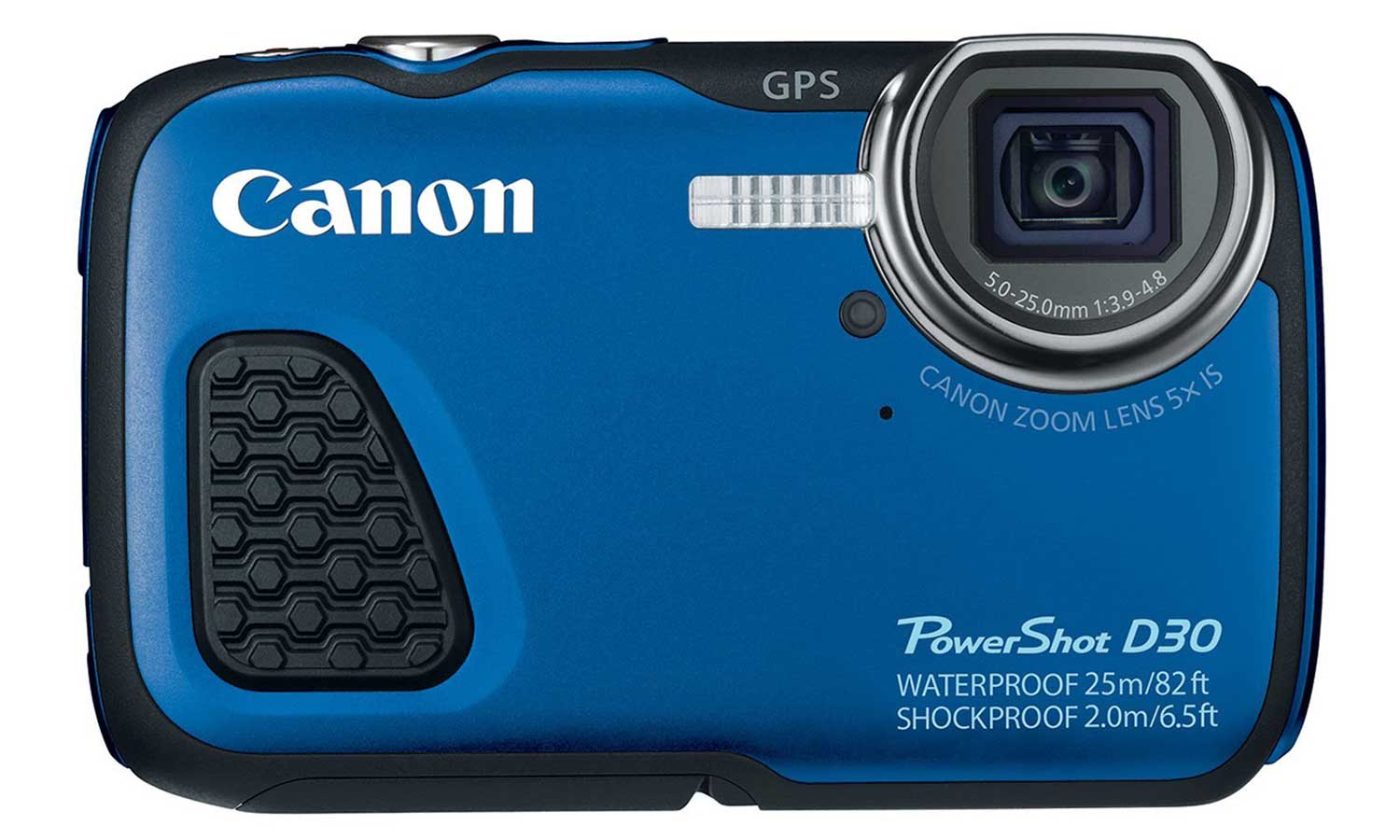Tom's Guide Verdict
While Canon's Powershot D30 features some of the highest water resistance of any camera in its class, its image quality fails to impress.
Pros
- +
150-foot water resistance
- +
Compact design
- +
Secure, but easy-to-open watertight seals
Cons
- -
Limited feature set
- -
Mediocre image quality
- -
No micro USB charging
Why you can trust Tom's Guide
With a smooth, rounded body that looks a bit like a worn sea pebble, and with 150-feet of water resistance, Canon's 12-megapixel PowerShot D30 feels just as home below the waves as it does above them. The camera's simple but secure latches make it easy to access the device without compromising its integrity, and its compact design is a boon to active enthusiasts who put a premium on every extra ounce. But unfortunately, this $299 cam has a hard time keeping up with its competitors in features and image quality.
Design
While you might not think this rounded, plastic-bodied camera can take the kind of punishment Canon says the device can, the D30 features plenty of durability and top-notch water resistance while still being profoundly pocketable.
At just 4.31 x 2.68 x 1.08 inches and weighing 7.69 ounces, the D30 is the one of the most pocketable rugged and waterproof cameras around. Both Olympus' TG-4 and Nikon's AW130 are slightly larger at 4.4 x 2.6 x 1.2-inches and 8.7 ounces, and 4.4 x 2.6 x 1.1-inches and 7.8 ounces, respectively.
There's a small rubber grip on the front side to give you a secure hold even in rough spots, and a big, though slightly mushy, two-step shutter button up top.
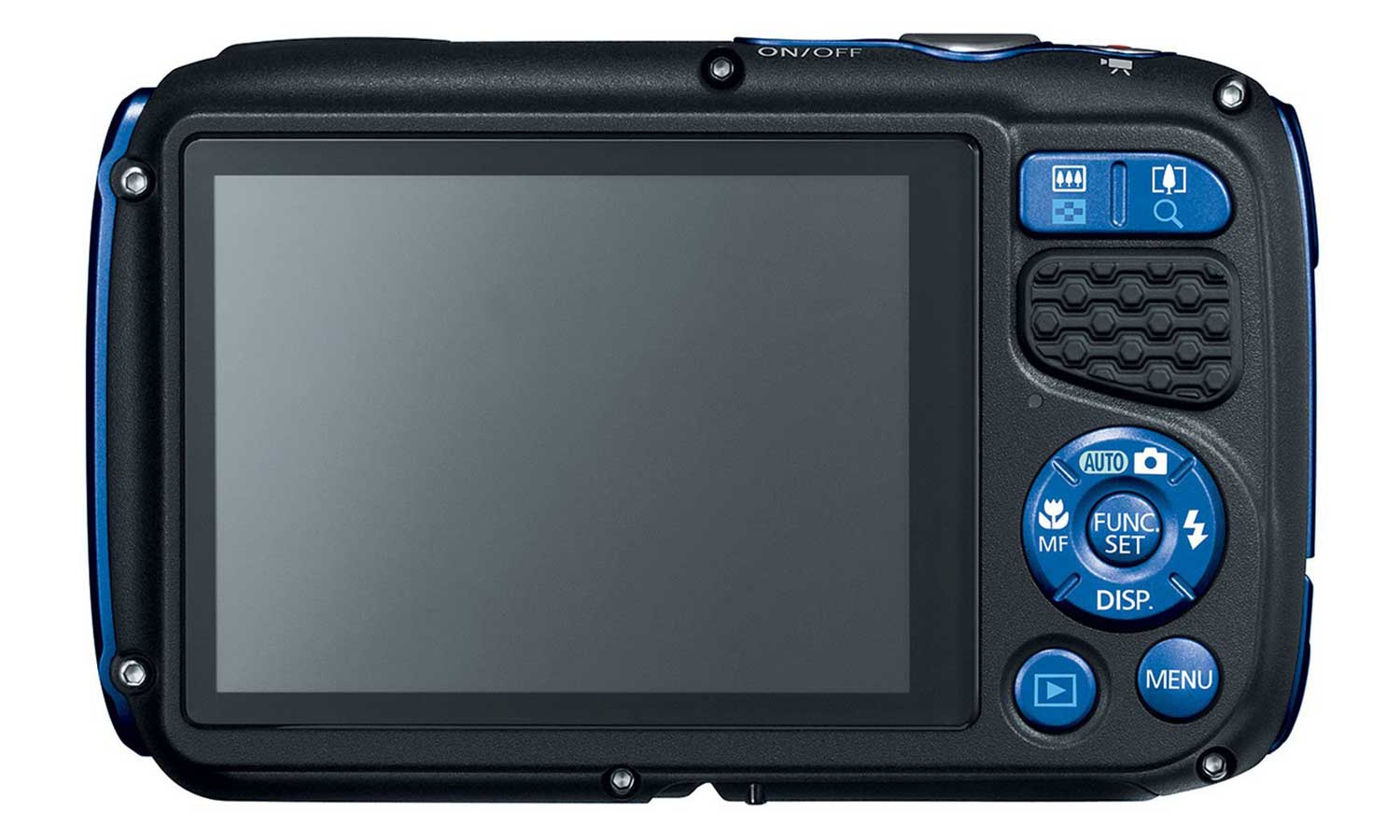
The D30 is missing a dedicated mode dial, which means you often have to a dig down a few layers in the menu to set the camera up for a change in scenes — an issue you won't run into on Olympus' TG-4.
Features
The D30 features many of the controls and settings you would expect on a camera in this price range, like underwater and landscape scene modes. But it fails to bridge the gap between smaller, less durable compact cameras and more complex mirrorless or DSLR cams. It lacks support for RAW photos and doesn't feature a real manual mode, which could be an issue for photographers looking to tweak every little detail.
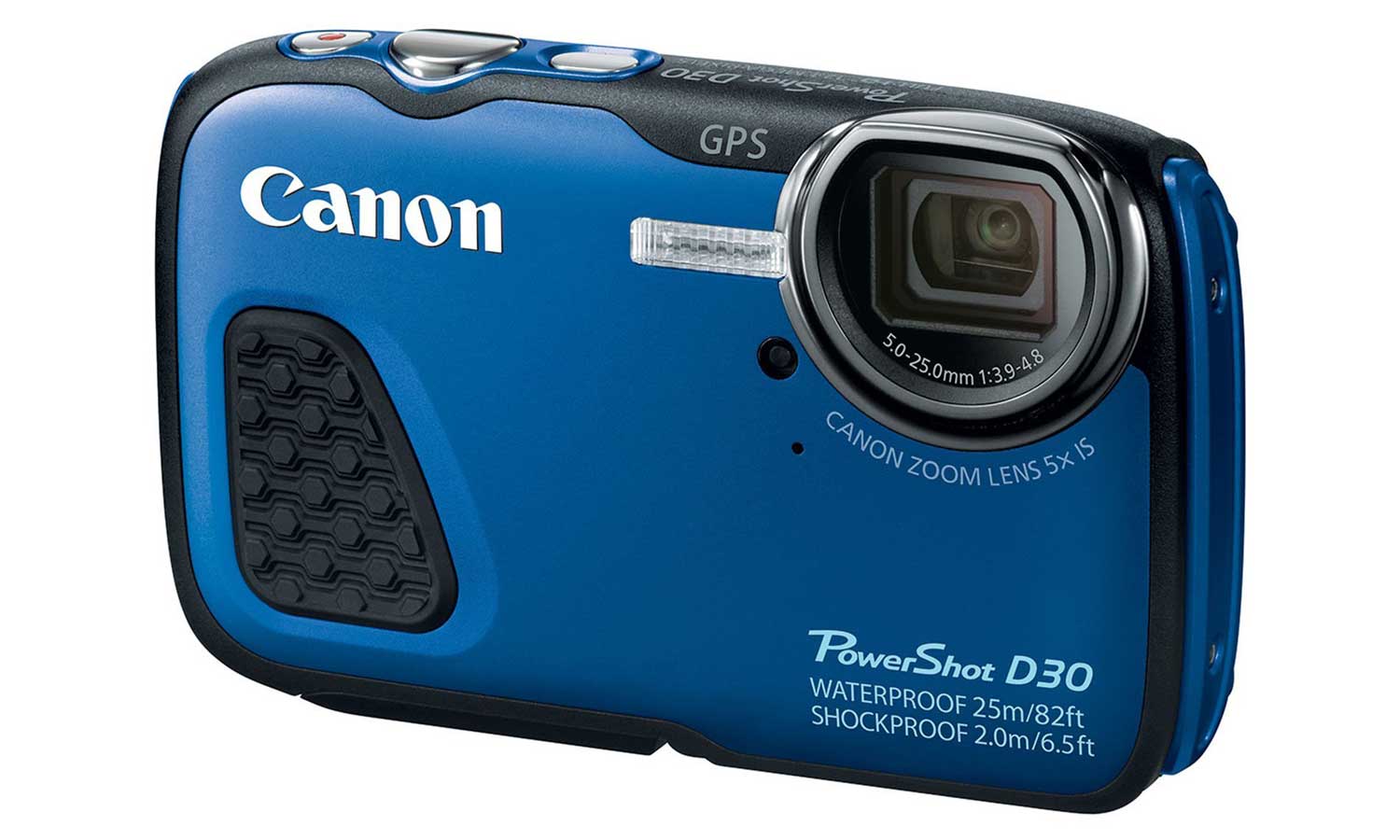
The D30 is shock-resistant for drops of up to 6.5 feet, features a truly impressive water resistance of up to 150 feet and, like its competitors, has been rated to work at temperatures down to 14 degrees Fahrenheit. Olympus' TG-4 pales in comparison, as it has just 50 feet of water resistance. Nikon's AW130 does a bit better, with a rated resistance of up to 100 feet.
MORE: Best Cameras
For adventurers, the D30 comes with GPS so you can embed location data in your photos, but unlike Nikon's AW130 and Olympus' TG-4, it doesn't have built-in Wi-Fi, which makes sharing your photos a little more difficult. The D30's 5x zoom is equal to what you get on the AW130, and is a tiny bit better than the 4x enhancement on the TG-4.
Image Quality
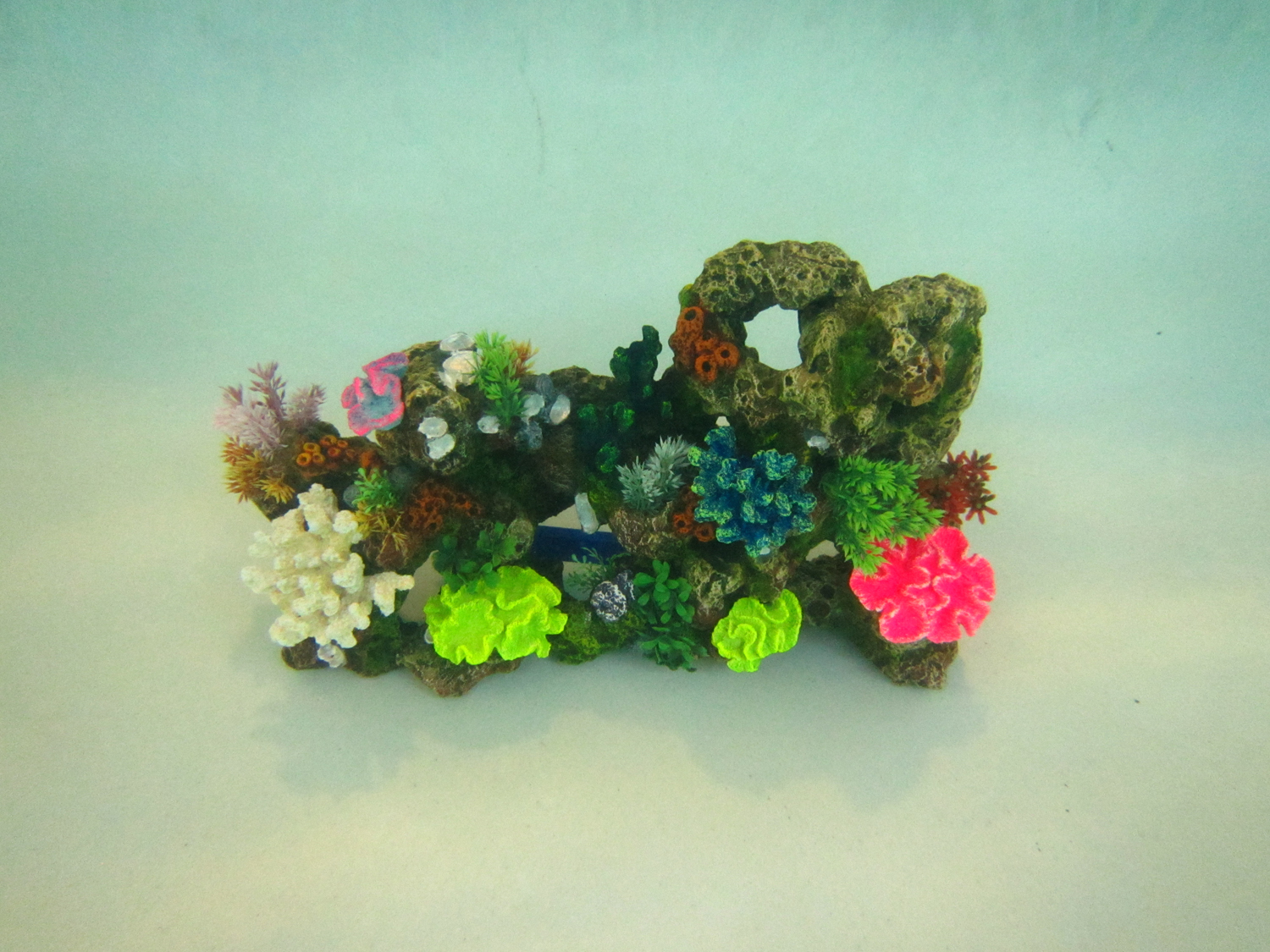


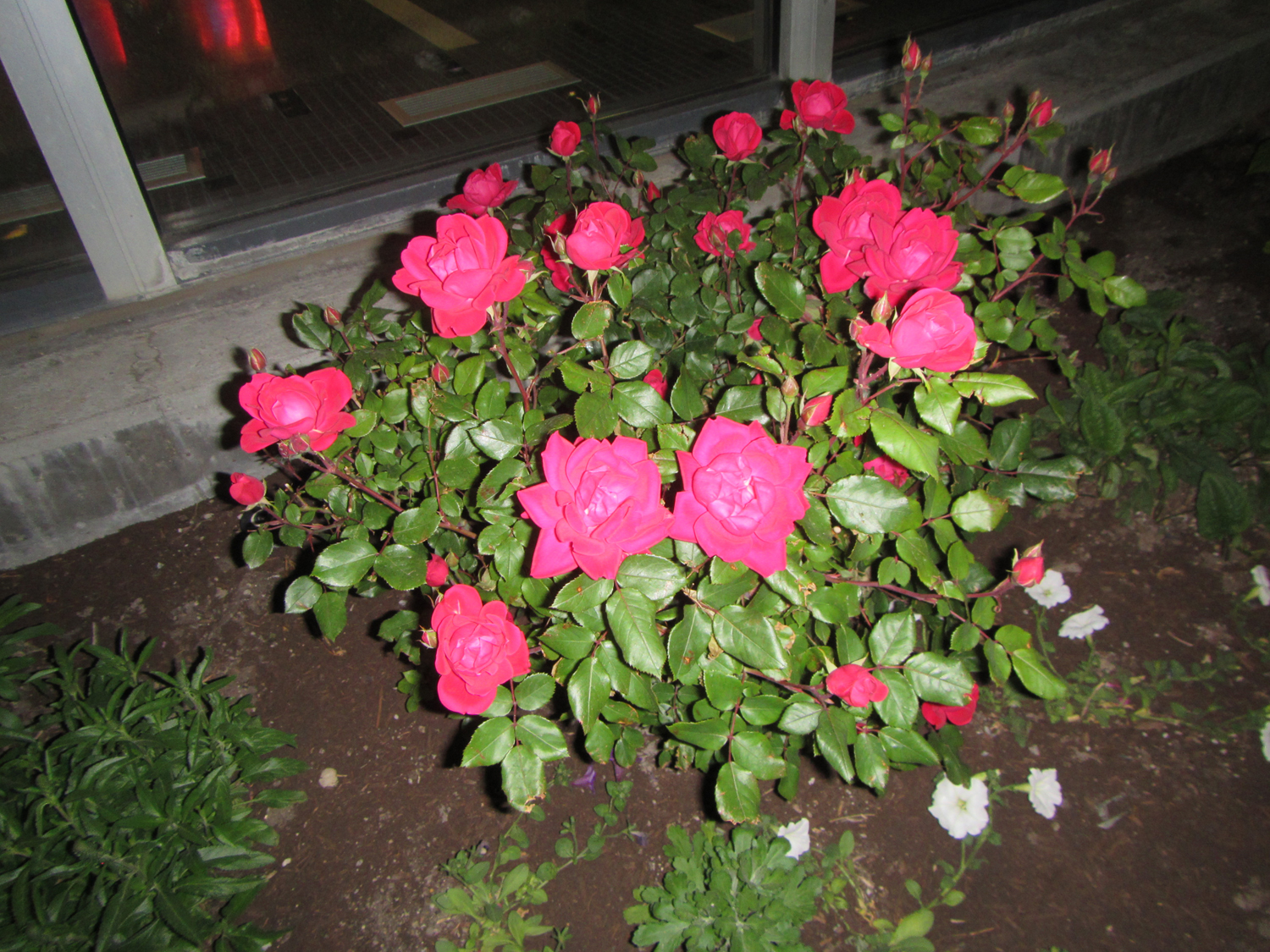


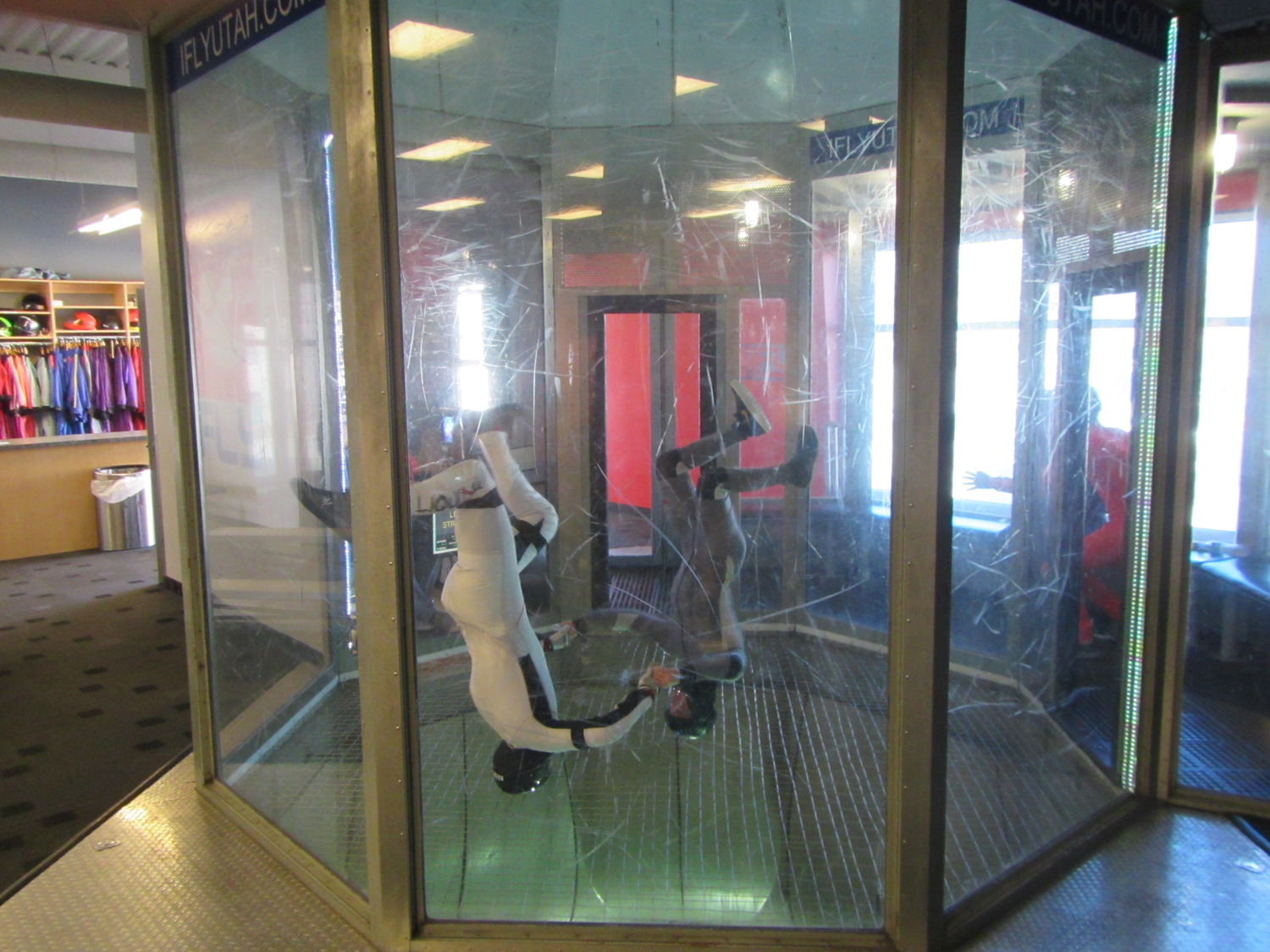
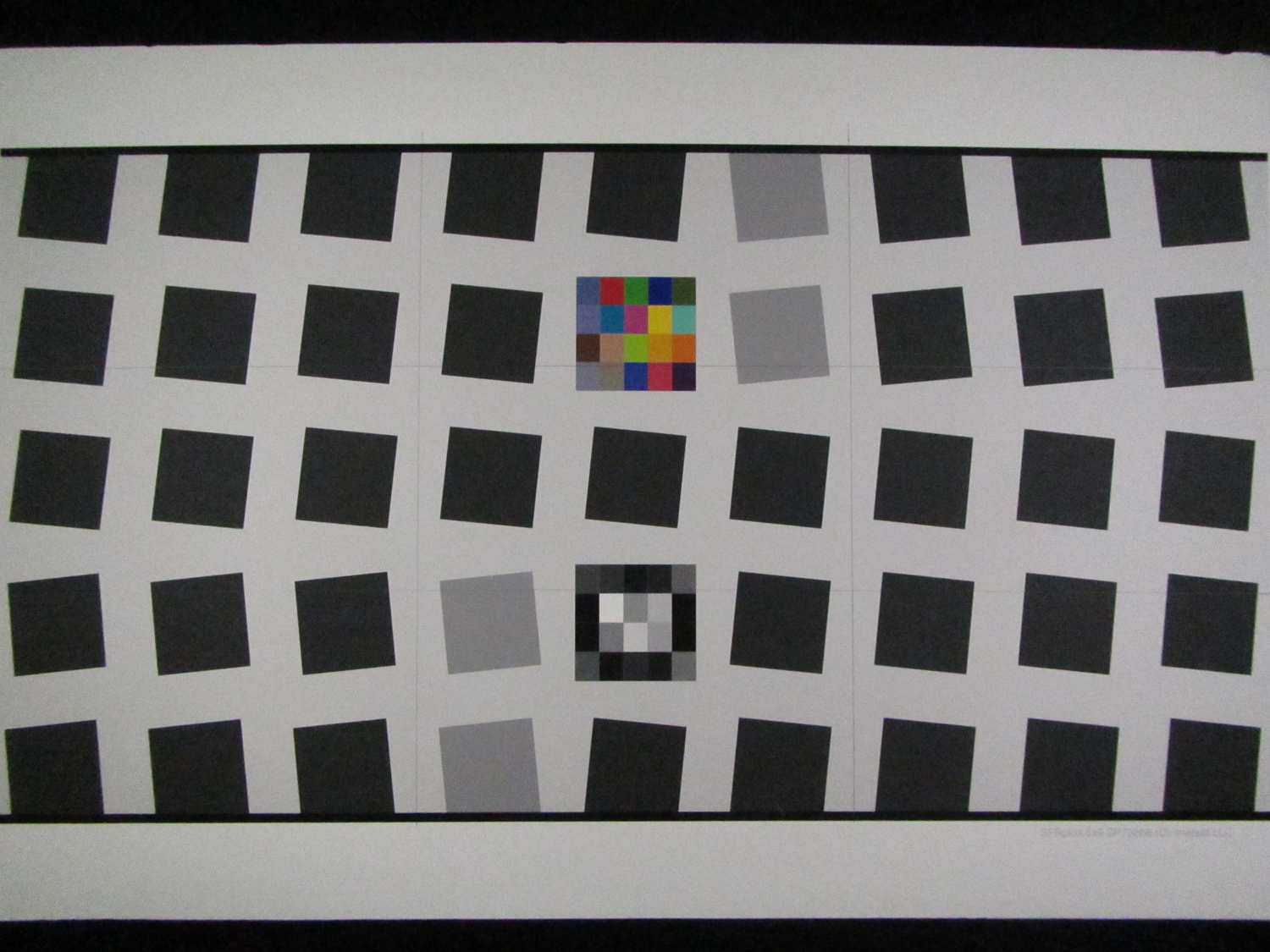
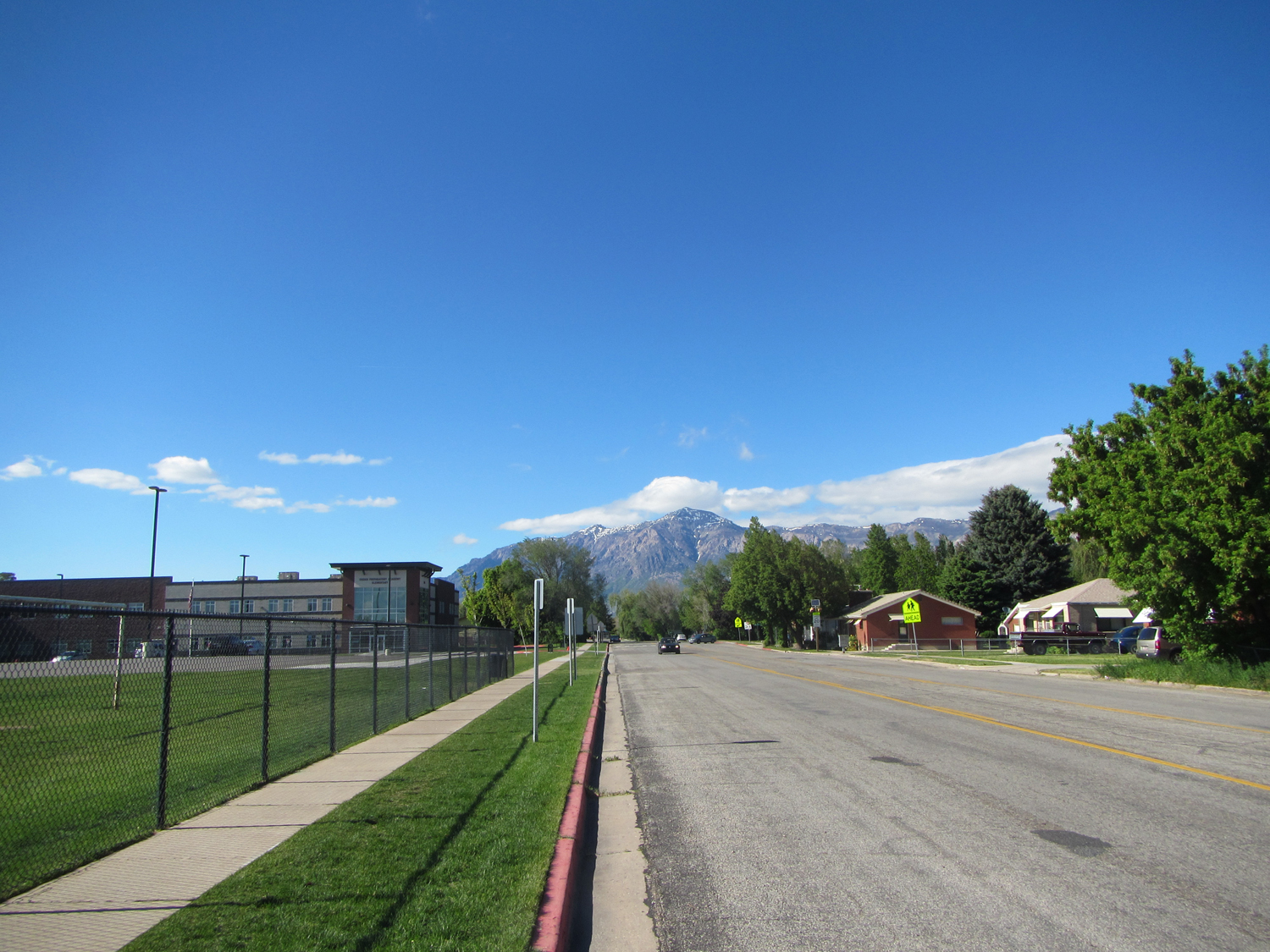
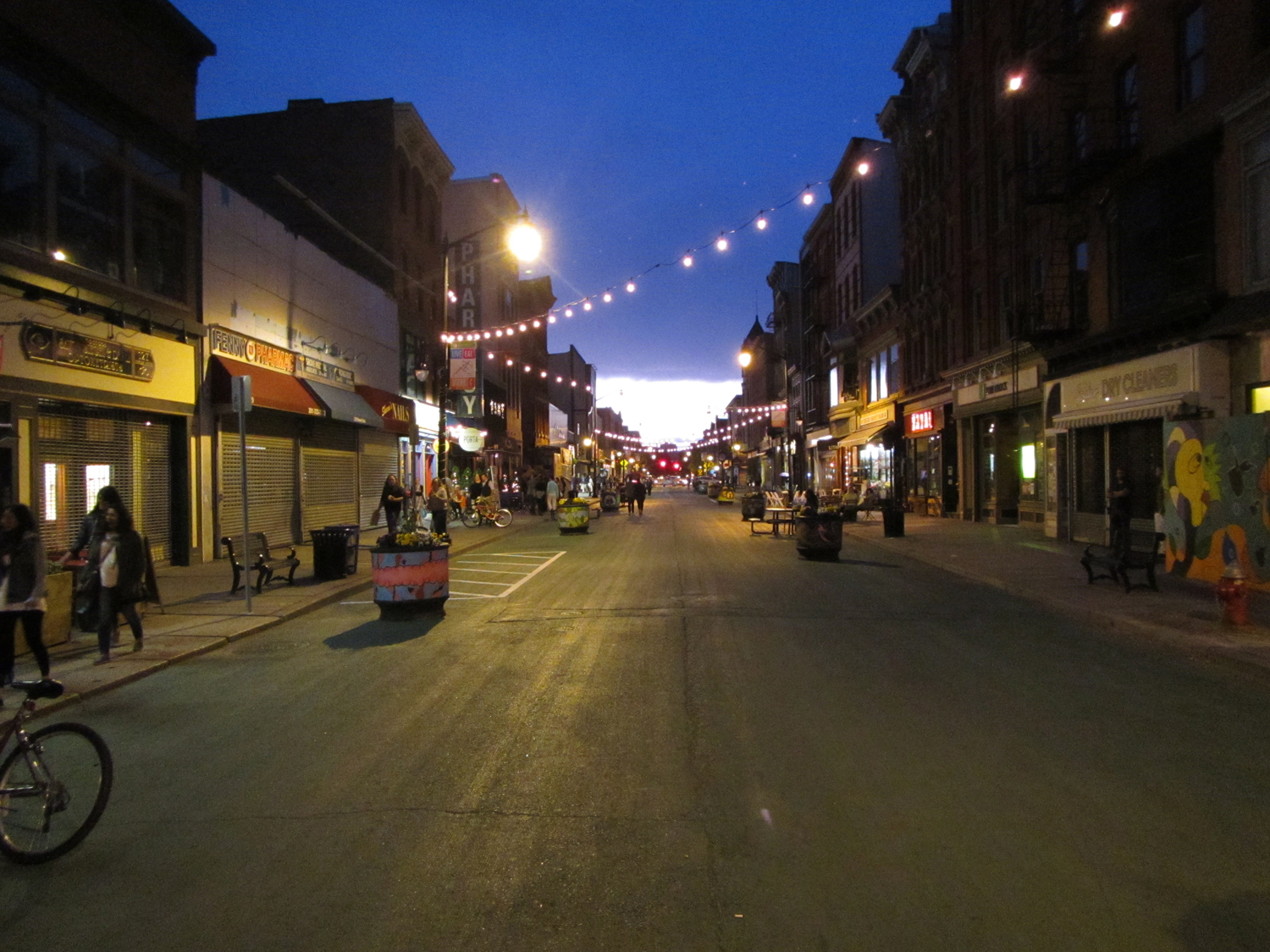
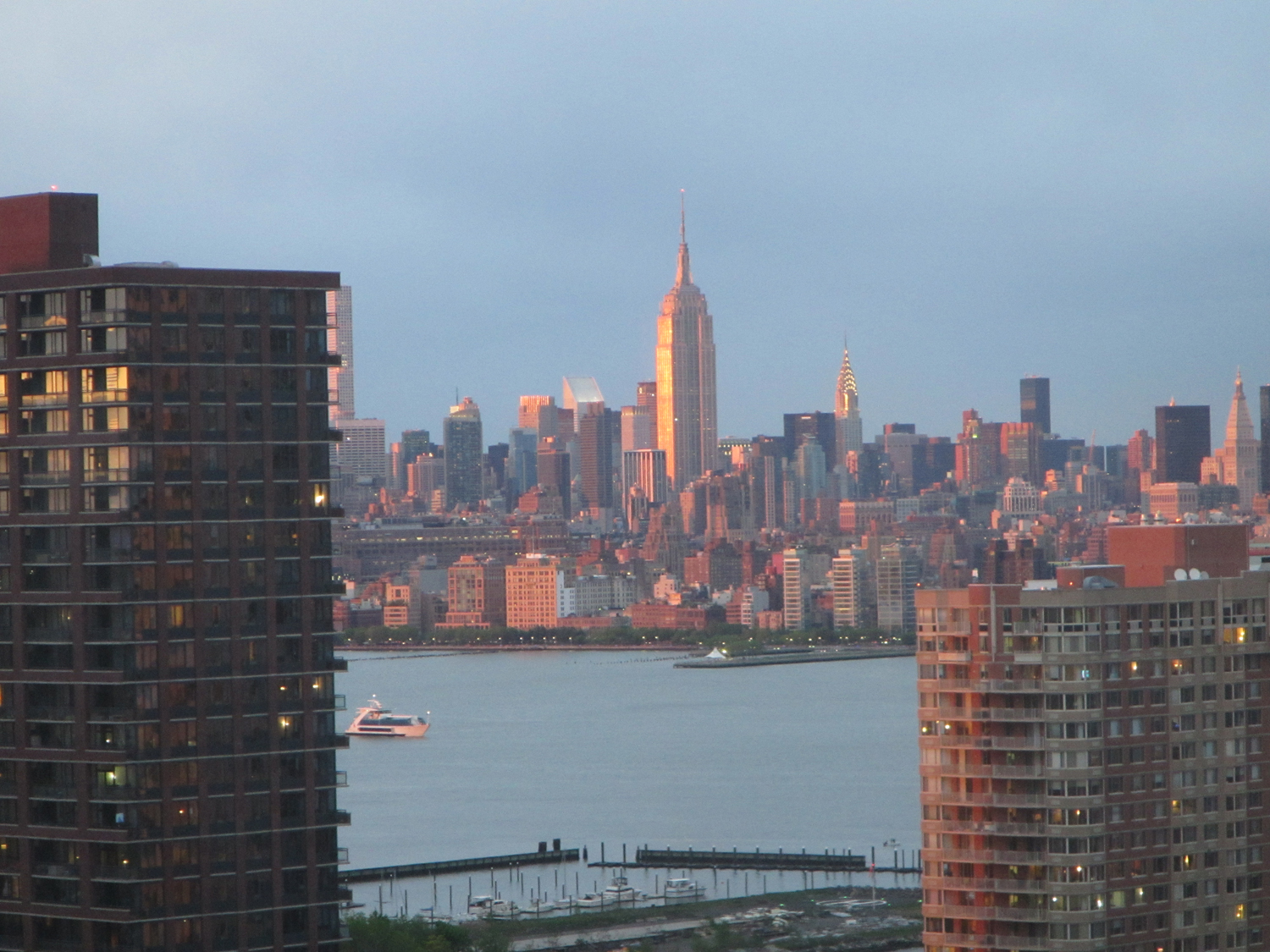
Bright light
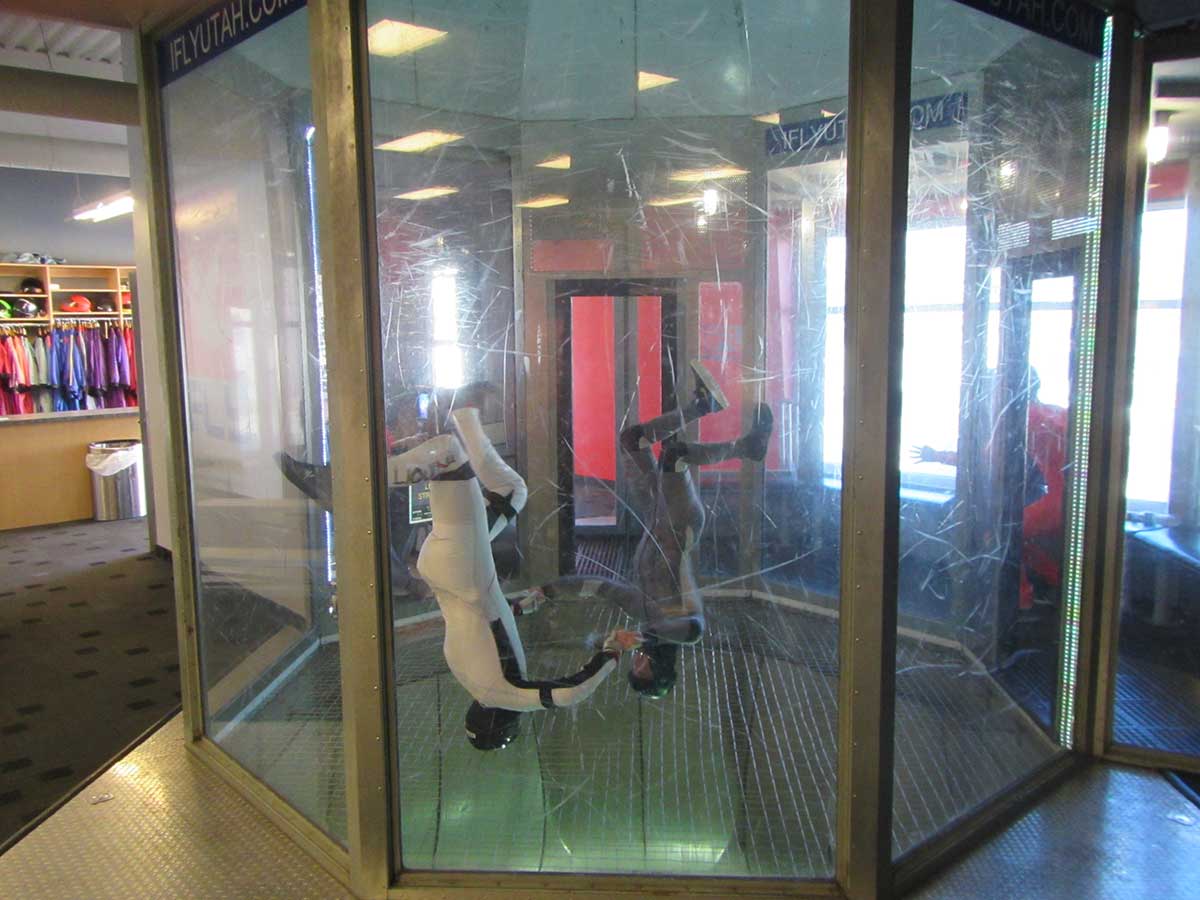
In a shot of some indoor skydivers, the D30's photo looks significantly less sharp and vivid when stacked up against similar shots from Olympus' TG-4 and Nikon's Coolpix AW130. The D30 also did the worst job of freezing the action, and it made the scratches in the protective glass appear even more distracting.
Low light

At night, the D30 really suffers from overly grainy shots, to the point where I wouldn't want to share the pictures. A nighttime photo of some flowers looked more like it was captured by an outdated cellphone, and was a far cry from the brighter, sharper and more detailed pics that I saw from both Olympus' and Nikon's cameras.
Underwater
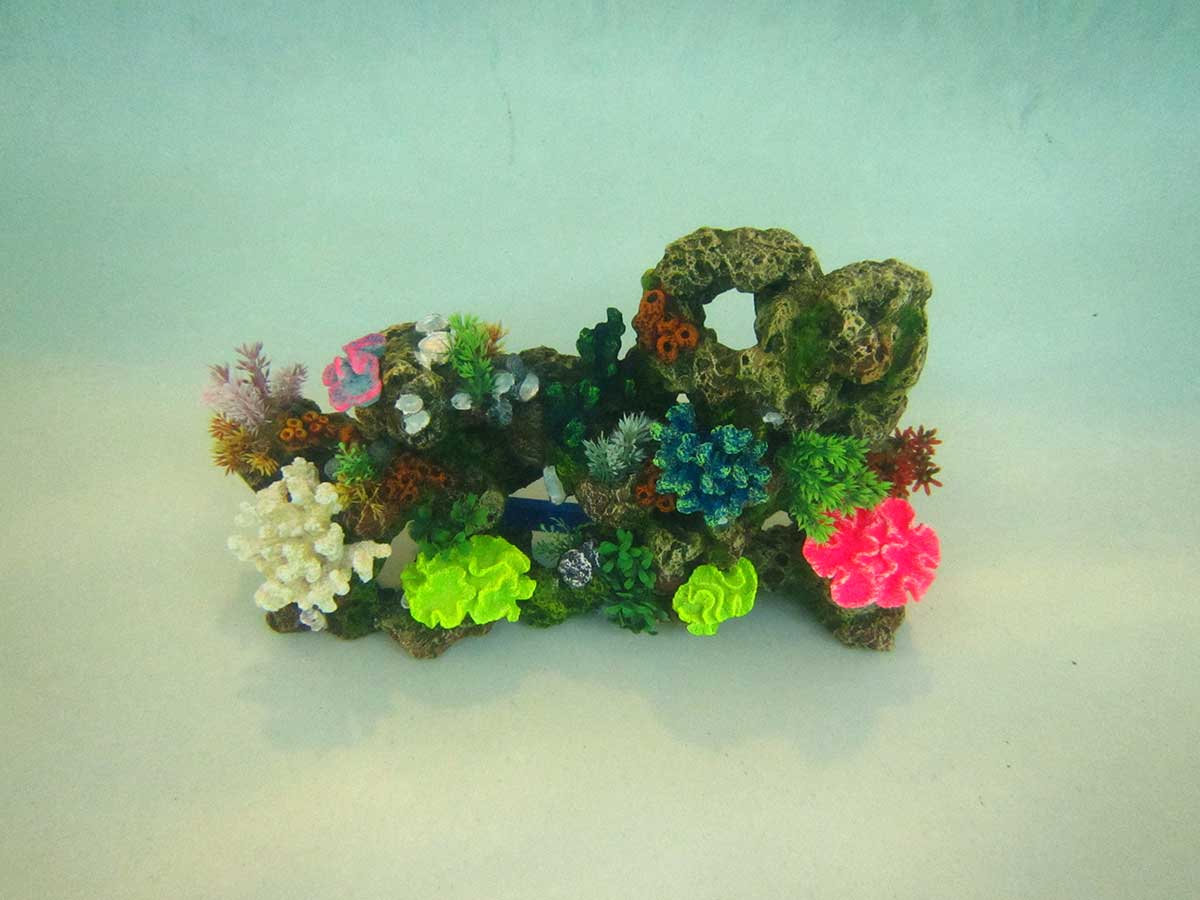
Like with its above-ground photos, Canon's D30 lagged behind its competition in producing an attractive underwater shot. In our test shot of a fake coral aquarium prop, even when mounted to a tripod while submerged in a pool, the D30's shot looked soft, blurry and more than a little flat. This made seeing the texture on the coral more difficult, while also washing out a bit of the photo's dynamic range.
Test Scene
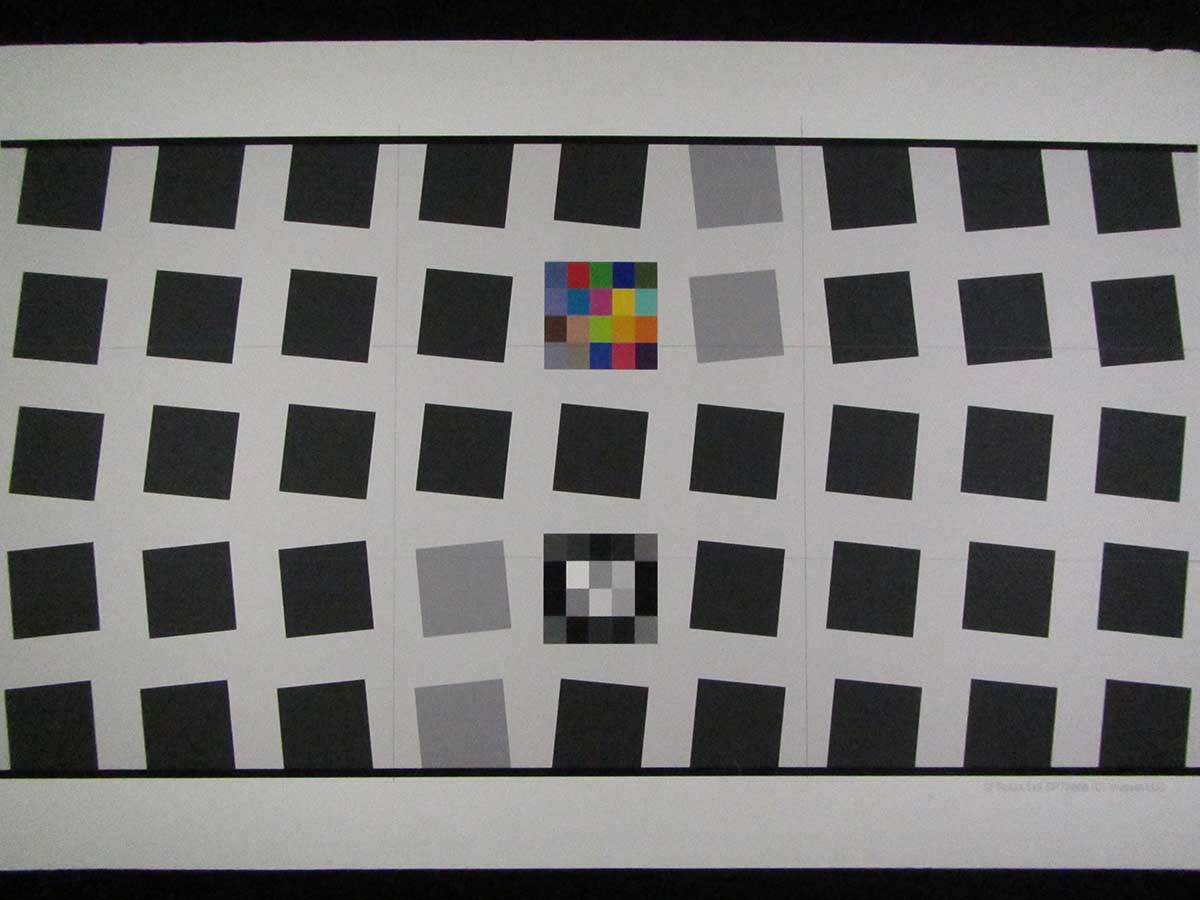
When we took photos of our control test-pattern, we noticed that at ISO 1600, the D30's images were noticeably grainier than shots from both the Nikon AW130 and the Olympus TG-4 at the same settings. You can also see that the D30's white balance had the most trouble finding a an even, neutral white; however, the camera's color saturation was a bit better than what we got from Olympus' TG-4.
MORE: Camera Buying Guide - How to Choose a Camera
Bottom Line
While the standout feature of Canon's PowerShot D30 is its 150 feet of water resistance, the rest of this camera leaves a bit to be desired. Its image quality doesn't fare well against the $275 Nikon Coolpix AW130, which can go down to 100 feet, or the more expensive $330 Olympus TG-4, which features a much sharper 16-MP sensor, and a wider array of shooting modes, but can dive to only 50 feet. The D30 will probably be the go-to pick for scuba divers, but for everyone else, Canon's rugged and waterproof camera trails behind the pack.
Sam is a Senior Writer at Engadget and previously worked at Gizmodo as a Senior Reporter. Before that, he worked at Tom's Guide and Laptop Mag as a Staff Writer and Senior Product Review Analyst, overseeing benchmarks and testing for countless product reviews. He was also an archery instructor and a penguin trainer too (really).
